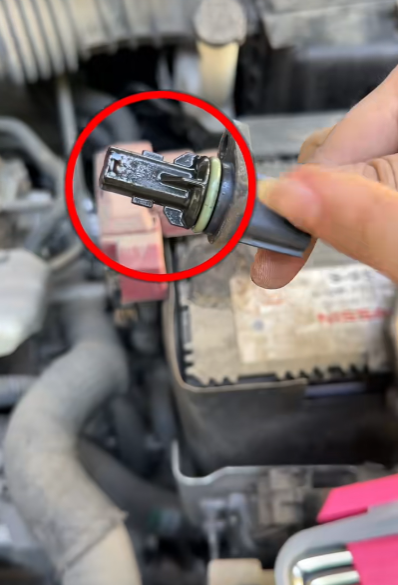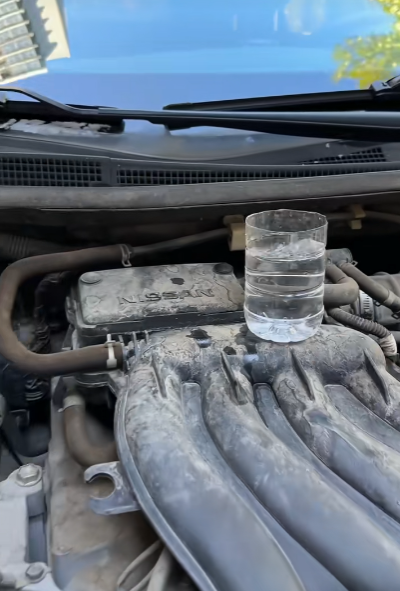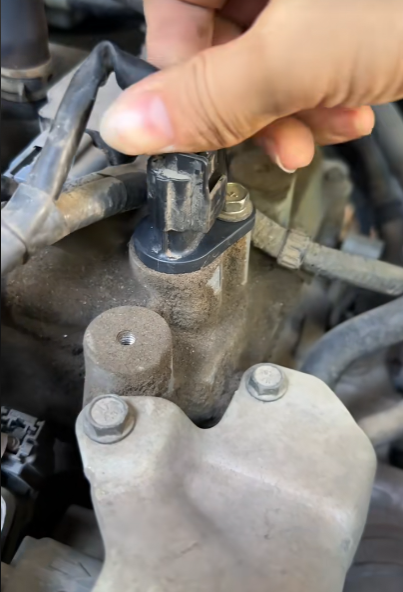
If you’ve ever experienced excessive engine shaking, you know how alarming and frustrating it can be. Whether you’re at a stoplight, accelerating, or idling, severe vibrations can make your car feel unsafe and uncomfortable. Engine shaking is often a sign that something is wrong under the hood, and ignoring it can lead to costly repairs down the road. The good news is that in many cases, there’s a simple solution to fix the problem. In this guide, we’ll walk you through one common and effective solution to crazy engine shaking, as well as the reasons why it happens and how to prevent it in the future.

Why Does an Engine Shake Excessively?
Before jumping into the fix, let’s first understand why an engine might shake uncontrollably. Here are some of the most common causes:
- Worn or Broken Engine Mounts – Engine mounts are designed to absorb vibrations and keep the engine securely in place. If they wear out or break, the engine will move excessively, causing significant shaking.
- Misfiring Cylinders – When one or more cylinders fail to fire properly, the engine becomes unbalanced, leading to noticeable vibrations.
- Faulty Spark Plugs or Ignition Coils – Worn-out spark plugs or failing ignition coils can cause irregular combustion, making the engine run unevenly.
- Unbalanced or Worn-Out Fuel Injectors – If the fuel injectors aren’t delivering the right amount of fuel, the engine can struggle, causing rough idling and shaking.
- Vacuum Leaks – Air leaks in the intake system can disrupt the air-fuel mixture, leading to a rough-running engine.
- Damaged Harmonic Balancer – This component helps absorb engine vibrations. If it fails, the shaking can become extreme.
- Transmission Issues – Problems with the transmission or torque converter can cause the entire car to shake, especially during acceleration.

The One Solution: Replacing Faulty Spark Plugs and Ignition Coils
While engine shaking can stem from multiple issues, one of the most common and easiest fixes is replacing old or faulty spark plugs and ignition coils. Here’s why:
- Spark plugs are responsible for igniting the air-fuel mixture inside the cylinders. If they’re worn out, the combustion process will be uneven, causing engine misfires and rough idling.
- Ignition coils provide the necessary voltage to the spark plugs. A failing coil can lead to weak or inconsistent sparks, leading to engine hesitation and vibrations.

How to Fix the Problem Step-by-Step
If you’ve diagnosed your car and suspect that the shaking is due to worn-out spark plugs or ignition coils, follow these steps to replace them:
Step 1: Gather Your Tools and Materials
Before you begin, you’ll need:
- A socket wrench with an extension
- Spark plug socket (usually 5/8” or 13/16” depending on your car)
- New spark plugs (consult your owner’s manual for the correct type)
- New ignition coils (if necessary)
- Dielectric grease (for better electrical contact)
- Torque wrench (optional, but recommended for proper installation)
- Safety gloves and eye protection
Step 2: Locate the Spark Plugs and Ignition Coils
- Open your hood and find the ignition coils. They are usually located on top of the engine, directly above the spark plugs.
- If your car has a coil-on-plug (COP) system, each spark plug will have its own ignition coil attached.
Step 3: Remove the Ignition Coils
- Disconnect the negative battery terminal for safety.
- Carefully unplug the wiring harness from each ignition coil.
- Use a socket wrench to unscrew and remove the coil. Set it aside.
Step 4: Remove the Old Spark Plugs
- Use the spark plug socket to loosen and remove the old spark plugs one by one.
- Inspect the spark plugs for signs of wear, such as carbon buildup, excessive oil, or electrode damage. These are indicators that they were due for replacement.
Step 5: Install the New Spark Plugs
- Check the gap on the new spark plugs using a gap gauge (if necessary, adjust to match manufacturer specifications).
- Insert the new spark plug into the cylinder and hand-tighten it.
- Use a torque wrench to tighten the spark plug to the manufacturer’s recommended torque.
Step 6: Install the New Ignition Coils (If Replacing)
- Apply a small amount of dielectric grease to the tip of each ignition coil.
- Position the new coil over the spark plug and press it into place.
- Secure the coil with the mounting bolt and reconnect the wiring harness.
Step 7: Reconnect the Battery and Test
- Reattach the negative battery terminal.
- Start the engine and listen for improvements. If the shaking has stopped or significantly decreased, you’ve successfully fixed the issue!

Additional Tips to Keep Your Engine Running Smoothly
Once you’ve resolved the shaking, here are some extra tips to prevent similar issues in the future:
- Use High-Quality Fuel: Low-quality fuel can lead to carbon buildup on spark plugs and fuel injectors, affecting performance.
- Follow Regular Maintenance Intervals: Replace spark plugs every 30,000-100,000 miles (depending on type) and check ignition coils periodically.
- Inspect Engine Mounts: Even after fixing the spark plugs, worn engine mounts can still cause shaking.
- Check for Vacuum Leaks: A simple smoke test or spraying carb cleaner around the intake system can help detect leaks.
- Monitor Check Engine Light Codes: If your check engine light is on, use an OBD-II scanner to identify potential misfire-related issues.
Conclusion
Experiencing crazy engine shaking can be stressful, but in many cases, the fix is simple and cost-effective. Replacing worn-out spark plugs and faulty ignition coils is one of the easiest and most effective solutions to resolve excessive vibrations. If your engine is shaking, start with this fix before diving into more complex repairs. Not only will this improve your car’s performance, but it will also prevent further damage down the road.
If you’ve tried this solution and your engine is still shaking, consider checking other potential causes like engine mounts, fuel injectors, or the harmonic balancer. However, for most cases, a fresh set of spark plugs and ignition coils can make a world of difference!
Have you ever dealt with crazy engine shaking? What solution worked for you? Let us know in the comments!



